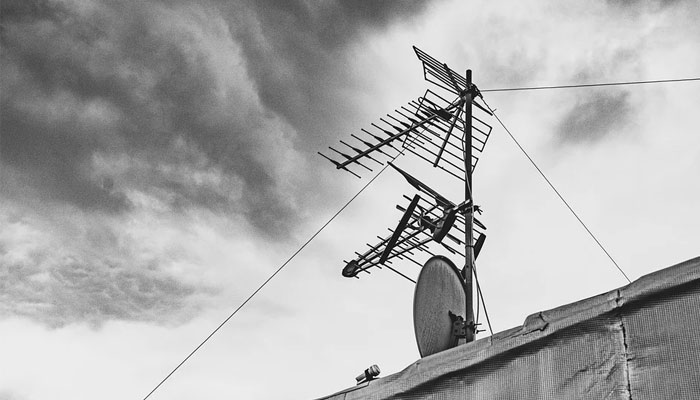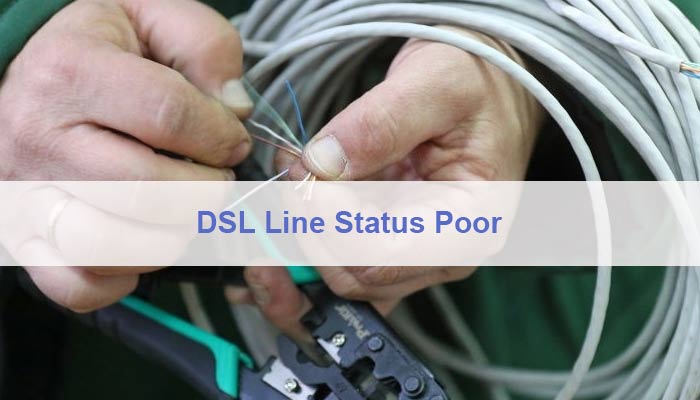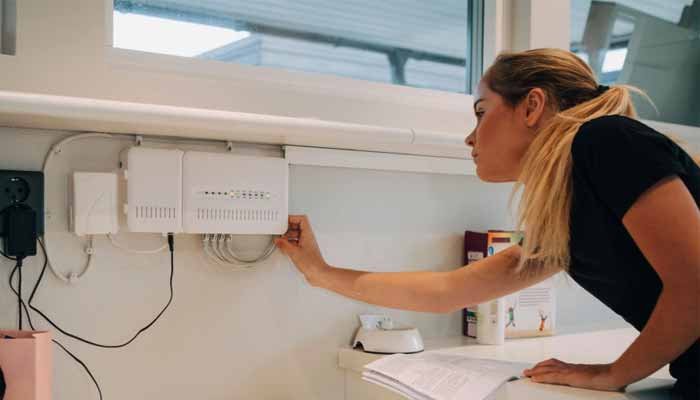Staying safe on the Internet is of paramount importance, as well as learning how to be on the lookout for scams; there are practical steps you can take to safeguard your home Internet network and ensure that cyber-attacks cannot penetrate your system. For most people, when we talk about your home Internet network, we are referring to your Wi-Fi router. It is an essential piece of kit that gives you access to the Internet, but it can extend outside the walls of your property, leaving it vulnerable to other people being able to use it. Here are some specific things that you could do today to ensure that your network remains safe.
Router Passwords
Generally, most routers come with a predefined password that is simply impossible to remember as it is just a series of uppercase and lower-case letters interspersed with numbers. So, the first thing many people do is change the password to something more memorable, so it’s easier for people to join. However, the manufacturers have done this for a reason, and you should not change it unless you’re going to replace it with something equally complex. It might mean it takes a bit longer for someone to join your network if they visit, but it also gives you security because it’s much less likely to be guessed by hackers.
Limit the Access
When adding devices to the network, some people prefer to do this themselves rather than let the children or visitors have access. This means they don’t know the password to give it out because it’s stored in devices in an encrypted manner. You should be very wary of anyone who asks to join your network that isn’t part of your circle. For example, a salesperson or tradesman might say they need access to the network because their data signal is not good, but you should refuse this as you don’t genuinely know their intentions. Most employers will have provided anyone that needs it with access to a data plan, so the chances are if you are asked for this, they are up to no good.
Update Firmware
Every device that connects to the Internet is capable of receiving updates. Firmware updates are vital because they help your router stay up to date and protect you against the latest attacks. This should be an automatic process from the manufacturers, but if you’re at all concerned, you can have a look and see when the last time they were updated was and make sure it’s happening. The manufacturer’s website is also a great place to go and look at any breaking attacks at this time. This gives you a heads up. Another key feature with your router is a firewall, again many manufacturers will ensure that this default is switched on, but it’s worth double-checking to make sure. The firewall is there to keep out things you don’t want on your network.
Hide Your Router
We don’t mean that you should put your router in a cupboard; this is virtual hiding. All routers have an SSID which is known as your service set identifier. If you look at the networks potentially available in your local area using one of your devices, you will see other names there. These people have not hidden their SSID, which is why you can see them. Generally, the SSID identifies your manufacturer and Internet provider, so changing it to something else means it’s much harder for an attacker to be able to determine what device you are using. Don’t name it to identify yourself; use something more obscure.
Power Down Your Router:
Generally, this suggestion is met by contention as people think it’s a bit of a pain. But it is good practice to turn off your Wi-Fi connexion if you’re not at home, and some people would argue it should be turned off overnight. If your router is powered up 24/7, it gives hackers more opportunity to try and break-in. Certainly, if you’re leaving the house for the working day, it’s easy to turn it off, but this impacts any smart home appliances that you may want to control remotely.
Physical Location
Now we’re going to talk about the physical location of your router. However, hiding it physically would be a bad idea as this will impact the ability for it to pick up a good strong signal. What you should do is place it in the centre of your home. One mistake people make is to put it in a window with all of the information displayed on the back facing out into the world. If it’s in the centre of your house, it gives everyone their equal opportunity to get the best signal for their devices and lessens the chance of hackers getting in there.
Remote Access
You will also be provided with an admin password to enable you to access the settings for your router remotely. First of all, you should change this. Otherwise, the hacker already has half of the information, as the username is pretty standard. Also, by changing both the username and password, you make it much harder for anyone to log in remotely. If your Internet company offers two-factor authentication, which means you will be texted a code every time you try to log on, use this. If you don’t plan to log in for remote administration, turn it off.









